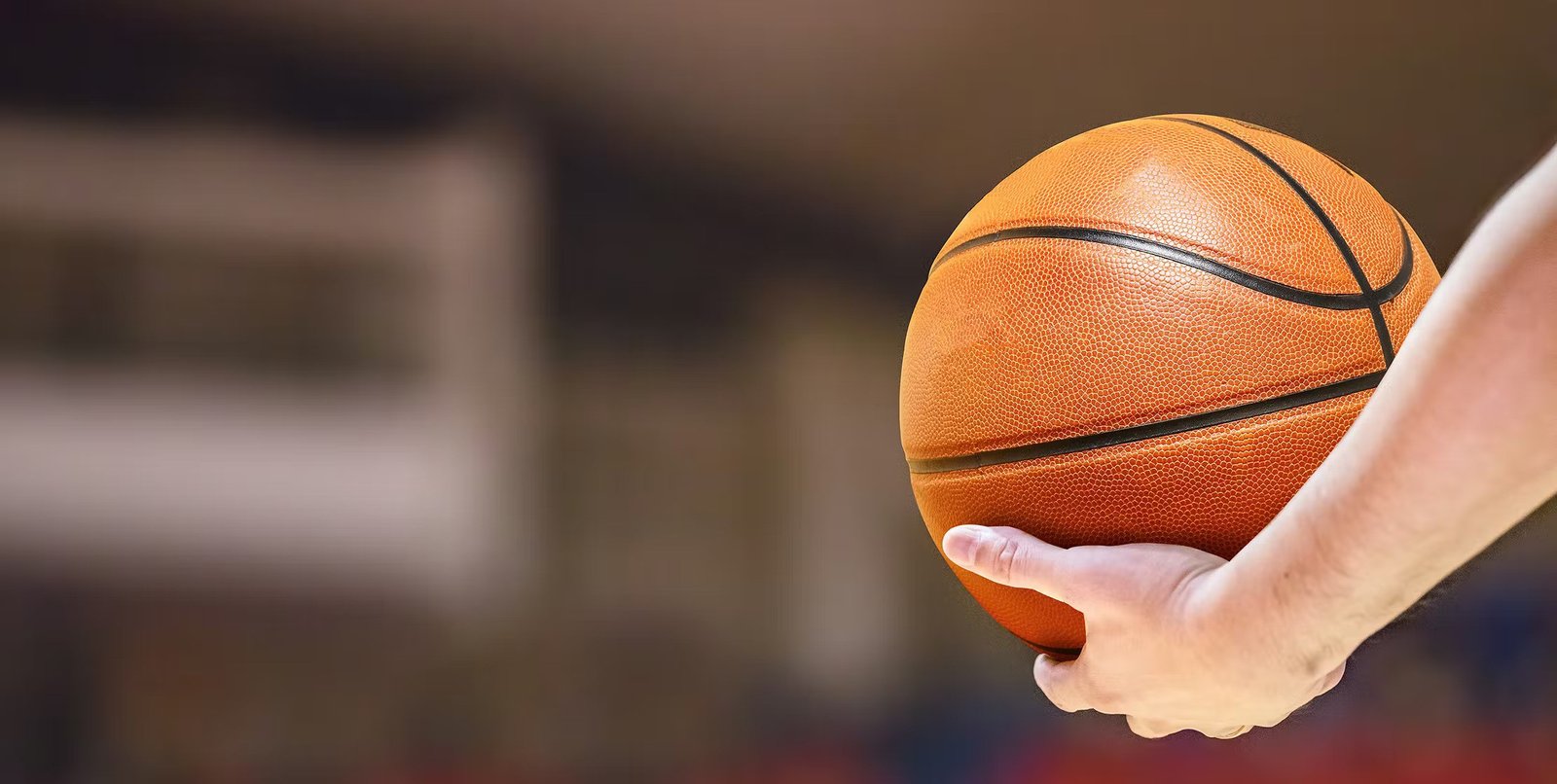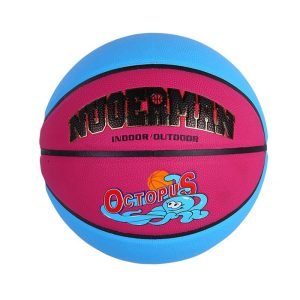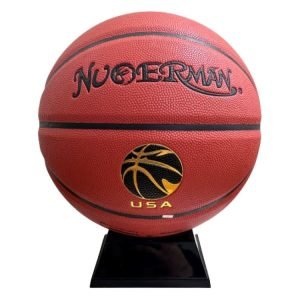
Exploring the Parts of a Basketball Ball
When it comes to the game of basketball, one of the most crucial elements is the basketball balls itself. Understanding the different parts of a basketball ball can provide players with insights into how the ball is designed and how it impacts the game. In this article, we will dive into the various components that make up basketball balls, from the outer surface to the inner bladder.
Outer Surface
The outer surface of a basketball ball is typically made of synthetic leather or composite leather. This material is chosen for its durability and ability to provide a good grip for players. The texture of the outer surface is designed to enhance ball handling and shooting, allowing players to have better control over the ball during gameplay. The parts of a basketball ball that players interact with the most are the panels on the outer surface, which are usually pebbled or dimpled to improve grip.
Bladder
The bladder is the innermost layer of basketball balls, responsible for maintaining the ball’s shape and air pressure. It is typically made of rubber or butyl, which are materials known for their ability to retain air effectively. The bladder is essential for ensuring that the basketball maintains its bounce and feel during games. Without a properly inflated bladder, the ball’s performance can be compromised, impacting the overall gameplay.
Panels
Most traditional basketball balls consist of six panels that are stitched together to form the spherical shape of the ball. These panels are typically made of synthetic materials such as leather or composite leather. The parts of a basketball ball are strategically designed to ensure that the ball bounces consistently and predictably on different surfaces. The panels also play a role in the overall aerodynamics of the ball, influencing its trajectory when in motion.
Channels and Seams
The channels on basketball balls refer to the grooves or lines that run along the surface of the ball. These channels are designed to improve grip and control for players, allowing them to dribble, pass, and shoot more effectively. Seams, on the other hand, are the lines where the panels of the ball are stitched together. While seams were more prominent in older basketballs, modern designs aim to minimize the impact of seams on a player’s grip and shooting accuracy.
Inflation Valve
The inflation valve is a small opening on the basketball balls where air can be pumped in or released to adjust the ball’s pressure. This component is essential for ensuring that the ball meets the regulation standards for inflation levels. The inflation valve is usually located near the seams of the ball and is securely sealed to prevent air leakage during gameplay. Maintaining the proper inflation level in a basketball ball is crucial for ensuring consistent performance and bounce on the court.
In conclusion, understanding the parts of a basketball ball can provide players with valuable insights into how the ball is constructed and how it impacts their gameplay. From the outer surface to the inner bladder, each component plays a crucial role in determining the ball’s performance and feel. By familiarizing themselves with the anatomy of basketball balls, players can gain a deeper appreciation for this essential piece of equipment in the game of basketball.




